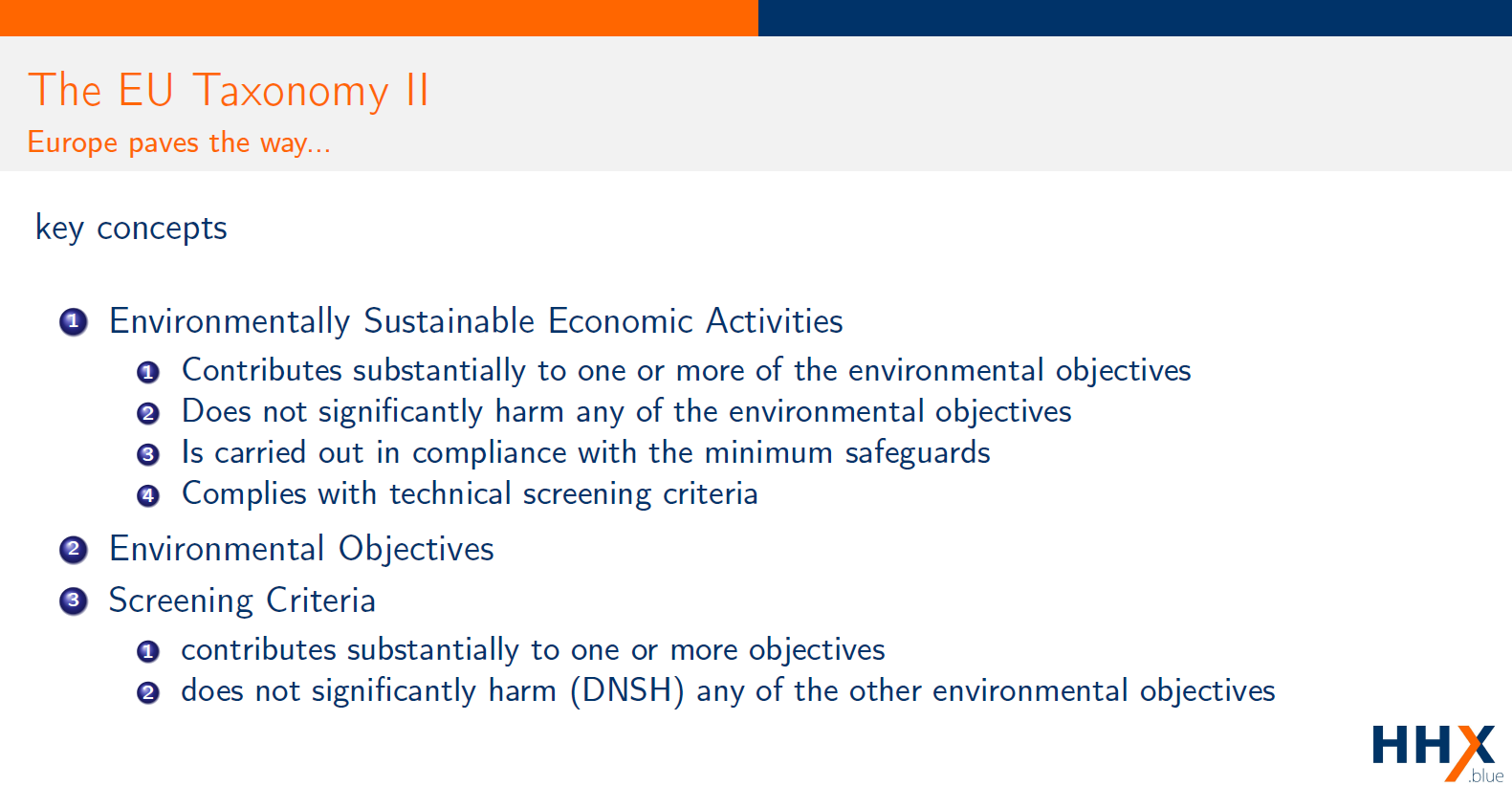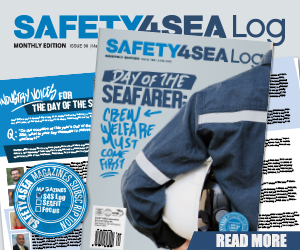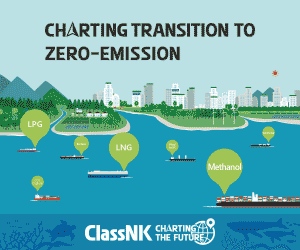During the 2023 GREEN4SEA Athens Forum, Dr-Ing Orestis Schinas, Scientific Advisor, HHX.blue, briefly outlined the provisos and impacts on shipping of sustainable finance, Poseidon Principles and EU Taxonomy, which are currently major developments in Europe’s financial markets.
Sustainable finance
Greening is a statutory requirement that all owners must comply with. There is no difference in compliance with earlier MARPOL or environmental regulations, as it is mandatory for owners to comply.
Nevertheless, there is a significant difference in the internal allocation of funds of financial organizations. The allocation methodology is shifting from yield to carbon footprint expectations, thus drastically altering the financial landscape. In practice, this means that the treasury will inquire not only require the project’s yield but also its carbon footprint to meet a decision.
Due to the EU Taxonomy and other regulations, the financial institutions are required to report own environmental footprint too. This means, the clients of financial institutions must comply and conduct environmentally friendly business, otherwise the chain of compliance is distorted.
Ergo, this is a great opportunity for a shipping company to diversify services by reducing consumption and by increasing efficiency. Furthermore, shipping companies can also gain from carbon trading or other carbon schemes that come into the picture and attract investors through efficient ESG policies.
The Poseidon Principles
The Poseidon Principles is an agreement among financial institutions as well as related entities, that provides a framework for integrating climate considerations into lending decisions. These principles consist a private agreement among financial institutions mainly active in shipping finance (about 35% regards shipping finance).
 Besides the application of the principles, their portfolio must improve its environmental performance, based on IMO instruments, such as the CII the dictates a reduction of 2% or 5% of the environmental footprint of the underlying assets; this is the portfolio trajectory. That means, that not only individual projects but also the portfolio must comply with the environmental rules, which is a very interesting development.
Besides the application of the principles, their portfolio must improve its environmental performance, based on IMO instruments, such as the CII the dictates a reduction of 2% or 5% of the environmental footprint of the underlying assets; this is the portfolio trajectory. That means, that not only individual projects but also the portfolio must comply with the environmental rules, which is a very interesting development.
The EU Taxonomy
This Taxonomy is an EU Regulation that applies to financial institutions and is not solely focused on shipping or any other industry. It is an umbrella regulation, that sets the rules financial institutions must follow to comply with the taxonomy. The EU Taxonomy Regulation is a massive and sophisticated document, yet it is also relatively easy to follow. The important points are as follows:
 This means that a project will not only be examined from a ship finance point of view only. What is considered as “green”, should also meet the screening standards, which are science-based as per the EU Taxonomy. These are not arbitrary or subjective standards. Finally, all of these rules are far from perfect, but they are evolving.
This means that a project will not only be examined from a ship finance point of view only. What is considered as “green”, should also meet the screening standards, which are science-based as per the EU Taxonomy. These are not arbitrary or subjective standards. Finally, all of these rules are far from perfect, but they are evolving.
What it means for shipping
The activities related to maritime transport cover purchase, financing, leasing, rental and operation of:
- Inland passenger water transport and sea and coastal freight
- Sea and coastal freight, vessels for port operations and auxiliary activities, such as tugboats, mooring vessels, pilot vessels, salvage vessels and ice-breakers.
- Sea and coastal passenger water transport
There is a clear exemption for ships engaged in fossil fuel trade or transport; these ships cannot be financed as per this regulation. At the same time, cruise ships and large yachts are not considered in the regulation. There is currently political pressure in Brussels to include cruise ships in the Taxonomy, to the best of my knowledge.
Additionally, other regulation on financial institutions is also evolving to the direction of stricter environmental compliance.
Pros and cons
Failing to comply simply means that access to capital is denied. Additionally, some institutions from the US and China, which are not subject to any EU regulation, decide to comply, because they have noticed increased financial performance of the ‘greener’ assets in the portfolio. This means that greener assets are expected to have a better future in their markets.
Following a minimum as well as a maximum compliance strategy is possible. It depends on the tier of clients a company intends to serve and the allocated resources.
Conclusion
Decarbonization is not only high on the agenda, but the key driver of developments in the market. Poseidon Principles and the EU Taxonomy are just the first steps towards comprehensive and applicable sustainable financing.
The only point that would actually change current status of affairs is the price of carbon. This price is currently difficult to estimate or include in financial plans, therefore, it makes the process of drafting risk assessment strategies more difficult.
Above article has been edited from Dr-Ing Orestis Schinas’ presentation during the 2023 GREEN4SEA Athens Forum.
Explore more by watching his video presentation here below
The views presented are only those of the author and do not necessarily reflect those of SAFETY4SEA and are for information sharing and discussion purposes only.



































































